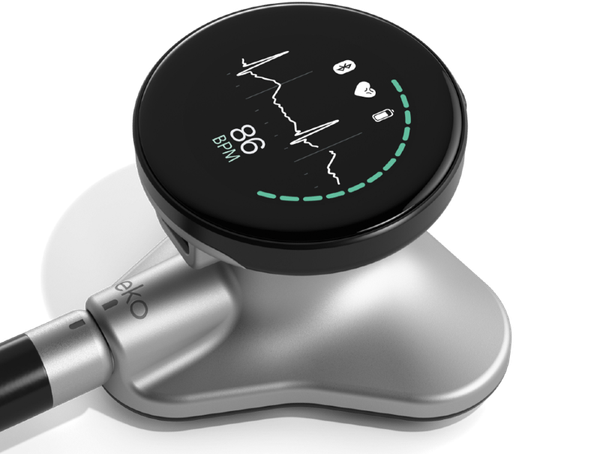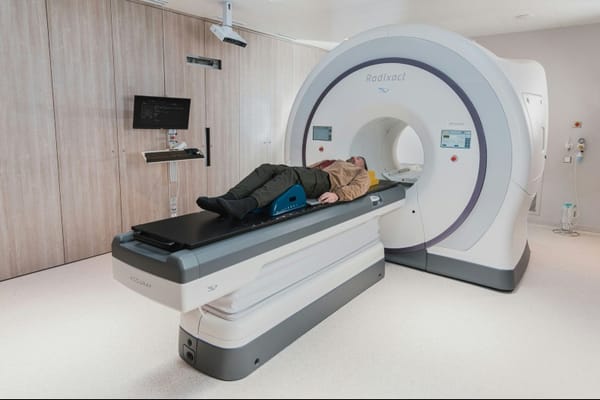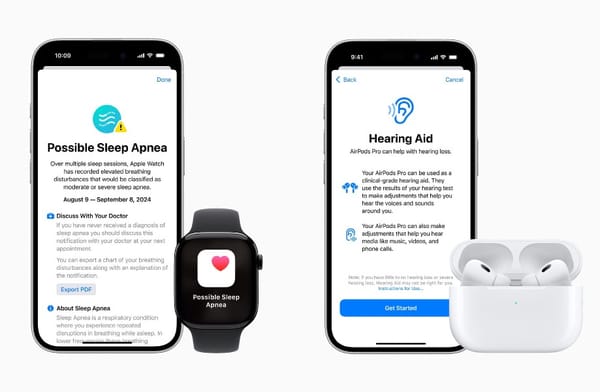Blockchain technology, best known for powering cryptocurrencies like Bitcoin, is now making waves in the healthcare industry. This innovative approach to data management offers exciting possibilities for securing patient information, streamlining healthcare processes, and empowering individuals to take control of their medical data.
Key Takeaways:
- Blockchain enhances data security and privacy in healthcare.
- Patients gain more control over their medical records.
- Healthcare providers benefit from improved data sharing and interoperability.
- Blockchain can help combat counterfeit drugs and streamline supply chains.
- Challenges remain, including regulatory hurdles and implementation costs.
What is Blockchain and How Does it Work in Healthcare?
Blockchain is a decentralized digital ledger technology that securely records transactions across a network of computers. In healthcare, this technology can be used to store and manage patient data, medical records, and other sensitive information.
When applied to healthcare, blockchain creates an immutable record of patient data that can be securely shared among authorized parties. Each "block" in the chain contains a set of transactions or data entries, which are linked together using cryptography. This structure makes it extremely difficult to alter or tamper with the information once it's been recorded.
Enhancing Data Security and Privacy
One of the most significant benefits of blockchain in healthcare is its potential to improve data security and privacy. Traditional healthcare systems often struggle with data breaches and unauthorized access to patient information. Blockchain's decentralized nature and robust encryption make it much more resistant to hacking and data theft[1].
Key security features of blockchain in healthcare include:
- Immutability: Once data is recorded on the blockchain, it cannot be easily altered or deleted.
- Transparency: All transactions are visible to authorized parties, creating an audit trail.
- Decentralization: Data is distributed across multiple nodes, reducing the risk of a single point of failure.
Empowering Patients with Control Over Their Data
Blockchain technology has the potential to revolutionize how patients interact with their medical data. In traditional healthcare systems, patient records are often fragmented across multiple providers and institutions. Blockchain can create a unified, patient-centric health record that individuals can easily access and control[2].
Benefits for patients:
- Improved access to their complete medical history
- Ability to grant or revoke access to specific healthcare providers
- Greater control over how their data is used for research or other purposes
Streamlining Healthcare Processes
Blockchain can significantly improve the efficiency of various healthcare processes, from claims processing to supply chain management. By creating a shared, trusted source of information, blockchain can reduce administrative burdens and improve coordination among different healthcare stakeholders[3].
Areas where blockchain can streamline healthcare:
- Insurance claims processing
- Medical supply chain management
- Clinical trial data management
- Credentialing of healthcare professionals
Combating Counterfeit Drugs
The pharmaceutical industry faces significant challenges with counterfeit drugs, which pose serious risks to patient safety. Blockchain technology can help create a transparent and traceable supply chain for medications, making it much more difficult for counterfeit drugs to enter the market[4].
How blockchain fights counterfeit drugs:
- Creating an immutable record of a drug's journey from manufacturer to patient
- Enabling real-time tracking and verification of medications
- Facilitating rapid recalls when necessary
Improving Interoperability and Data Sharing
One of the persistent challenges in healthcare is the lack of interoperability between different systems and providers. Blockchain can serve as a common platform for securely sharing patient data across various healthcare organizations, improving coordination of care and reducing duplicate tests and procedures[5].
Benefits of improved interoperability:
- Better coordination among healthcare providers
- Reduced medical errors due to incomplete information
- More efficient and cost-effective care delivery
Challenges and Considerations
While blockchain holds great promise for healthcare, there are still several challenges to overcome before widespread adoption can occur.
Key challenges include:
- Regulatory compliance: Ensuring blockchain systems meet healthcare privacy regulations like HIPAA
- Implementation costs: Transitioning to blockchain-based systems can be expensive and complex
- Scalability: Handling large volumes of healthcare data efficiently
- Standardization: Developing common standards for blockchain implementation in healthcare
The Future of Blockchain in Healthcare
As blockchain technology continues to mature, we can expect to see more innovative applications in healthcare. From personalized medicine to AI-powered diagnostics, blockchain has the potential to support a wide range of cutting-edge healthcare technologies.
Potential future applications:
- Integration with wearable devices for real-time health monitoring
- Blockchain-based health insurance models
- Decentralized autonomous healthcare organizations (DAHOs)
Conclusion
Blockchain technology offers exciting possibilities for transforming healthcare by enhancing data security, empowering patients, and streamlining processes. While challenges remain, the potential benefits of blockchain in healthcare are too significant to ignore. As the technology continues to evolve, we can look forward to a more secure, efficient, and patient-centric healthcare system.
By embracing blockchain, the healthcare industry can take a significant step towards a future where patient data is more secure, accessible, and under the control of those it matters to most – the patients themselves.
Citations:
[1] https://www.ncbi.nlm.nih.gov/pmc/articles/PMC9000089/
[2] https://www.ncbi.nlm.nih.gov/pmc/articles/PMC11081437/
[3] https://www.explorationpub.com/Journals/edht/Article/101114















Member discussion